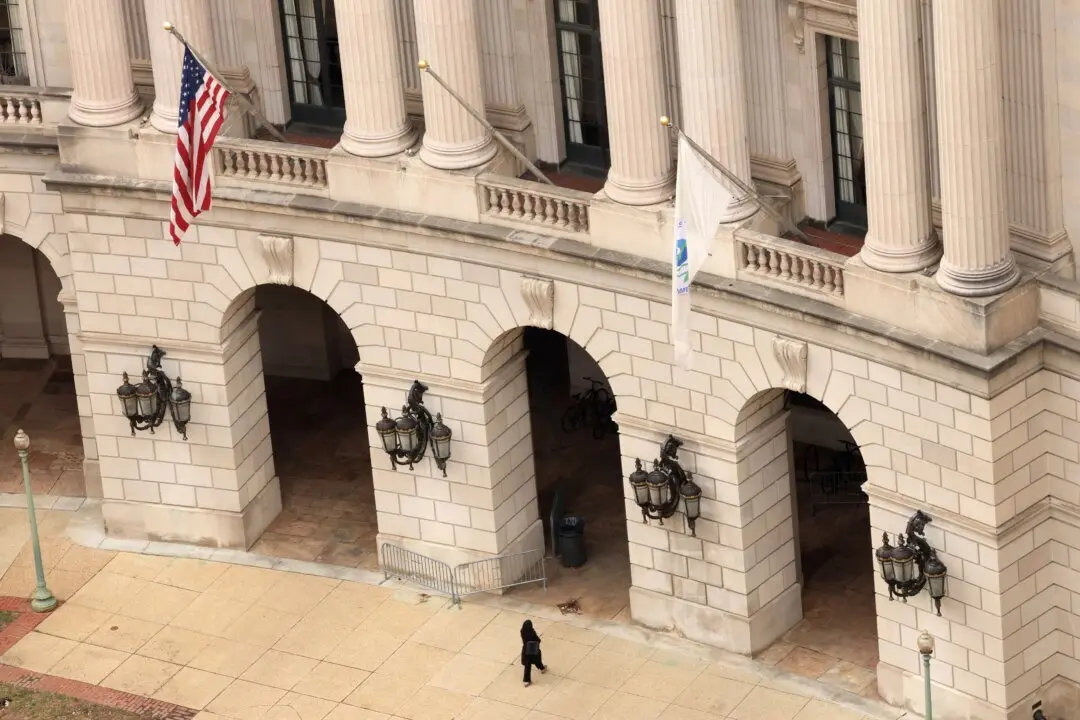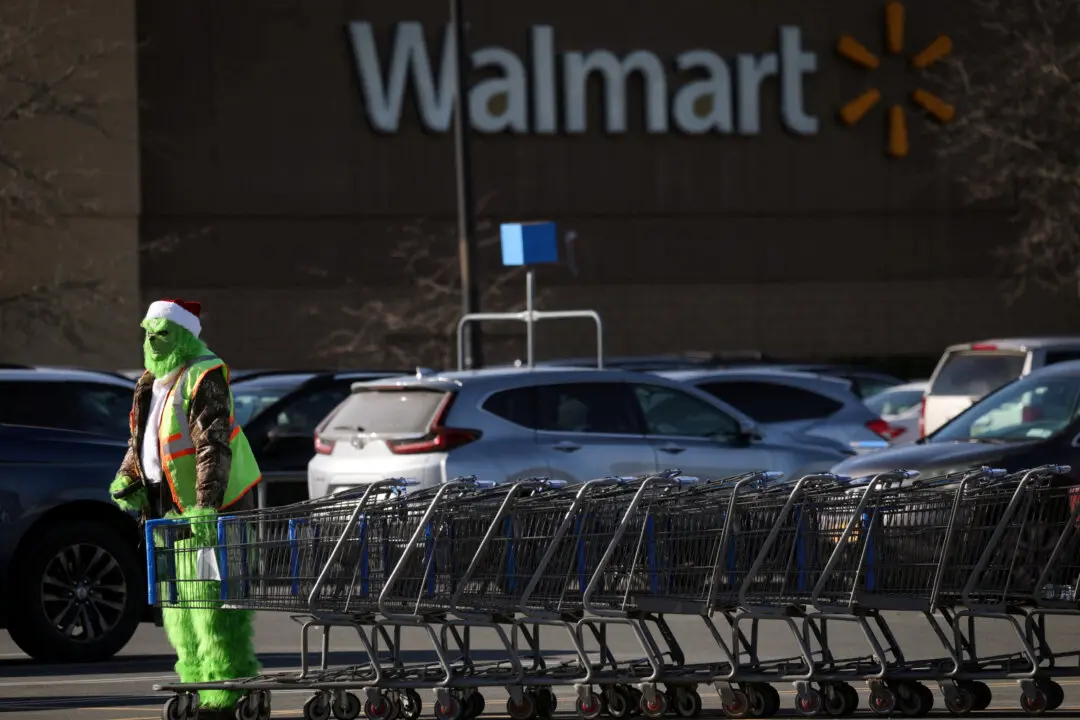WASHINGTON—The number of Americans filing new claims for unemployment benefits fell last week by the most in 20 months, the latest sign of the economy’s resilience that could push the Federal Reserve to resume raising interest rates in July.
The unexpected decline in applications reported by the Labor Department on Thursday reversed a recent jump, which had left initial jobless claims over the prior three weeks hovering at levels last seen in October 2021. The elevated readings had led some economists to conclude that layoffs were picking up as the economy begins to feel the heat from the Fed’s hefty rate hikes.





